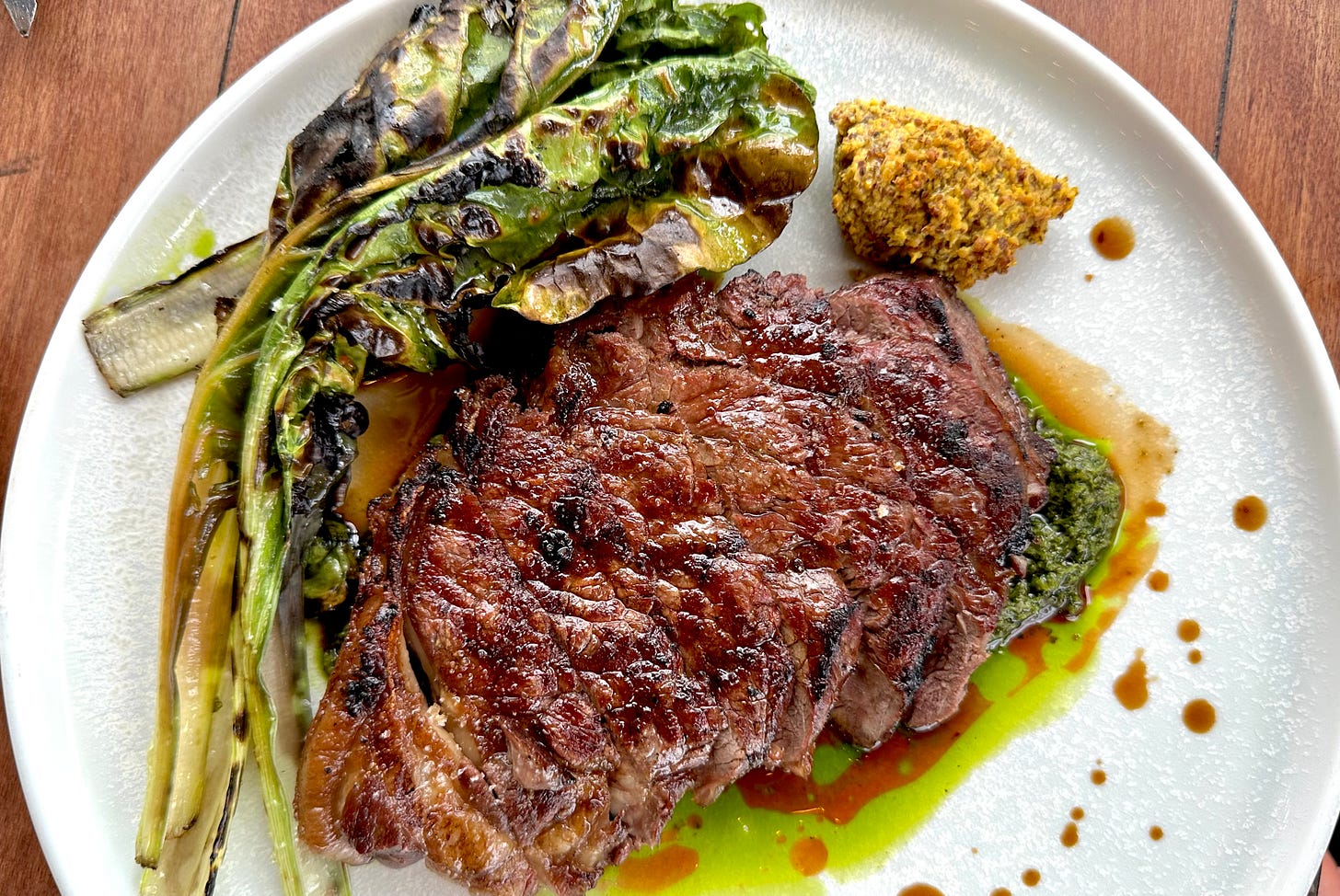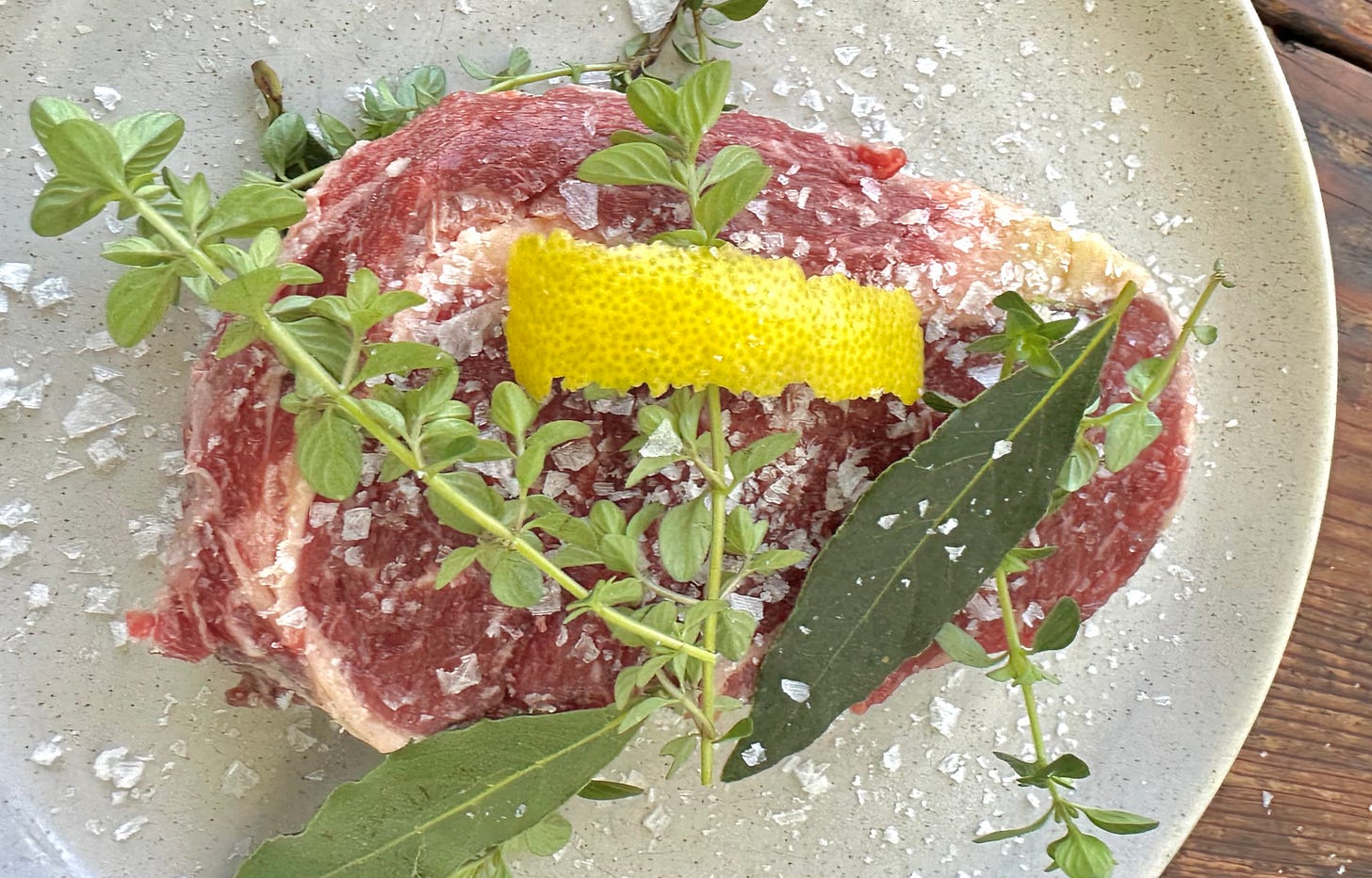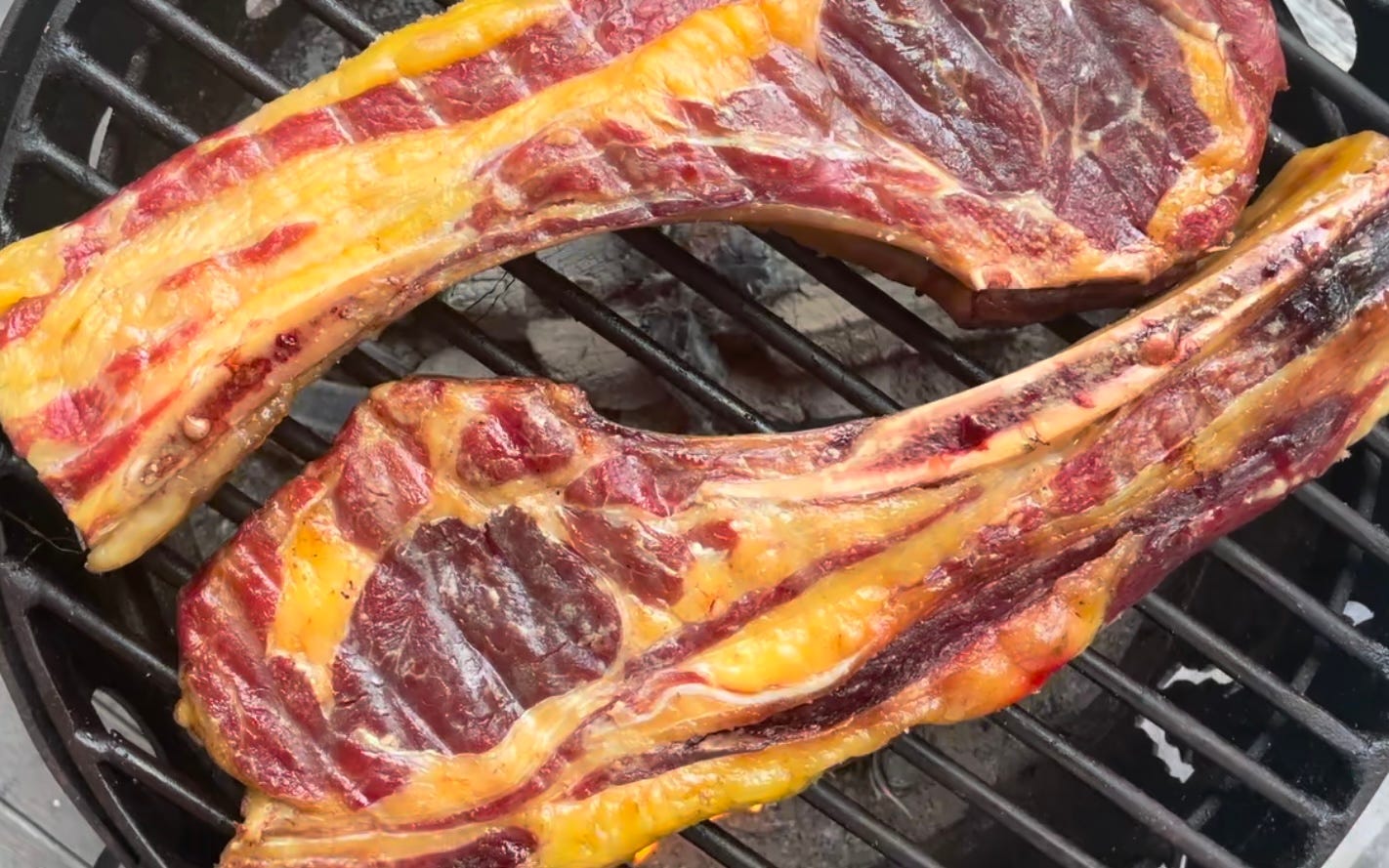To turn or not to turn? THE guide on cooking the ultimate steak
My secrets and (slightly controversial) tips learned from decades of cooking; the 10 minute read that will elevate your steak game forever.
As a chef, I get asked all the time, “How do I cook the perfect steak?” And I get it, cooking a steak right can feel like an art form. The thing is, it’s less about mastering some secret technique, and more about understanding a few key principles that will elevate your steak every time. Over the years, whether in the home kitchen or the professional one, I’ve picked up some solid tricks that make a huge difference. So here’s the holy grail of info to vastly improve your steak cooking game.
We’ll be covering:
Tools of the trade
A step by step guide on cooking the ultimate steak
To turn or not to turn
The 3 best cuts (pluse special mentions)
What is reverse searing and is it any good?
Salts/fats/acid - let’s discuss
How do I know when it’s done?
Grassfed vs Grainfed and seaweed Beef (“what the heck is seaweed beef”? I hear you say)
How to make it Epic
Trust me, once you get the hang of these basics, you’ll cook steak like a pro every time.
1. Tools of the Trade: These things are gonna help you!
A great steak isn’t just about technique, it’s about having the right tools. Here’s some of my go to items to help.
A cast-iron pan is essential for an even, high-heat sear. I use a Solidteknics AUS-ION™ 26cm Frypan. I’ve had it for years, I use the thing every week (sometimes daily). They aren’t the cheapest pans but will last you a lifetime. I’m not a fan of teflon pans, as they don’t last and many just end up in landfill.
If I’m cooking outside I do love a Hibachi grill. A hibachi is a traditional Japanese cooking device, typically a small, portable barbecue grill that uses charcoal as its heat source. It’s designed for high-heat, direct grilling, making it ideal for searing meats. You’ll get the benifit from the fat from the steak hitting the coals and flavouring the meat, plus the added bonus of cooking outside in the peace and quite, not smoking out the kitchen. Again, not super cheap, I purchased mine from Chefs Armory
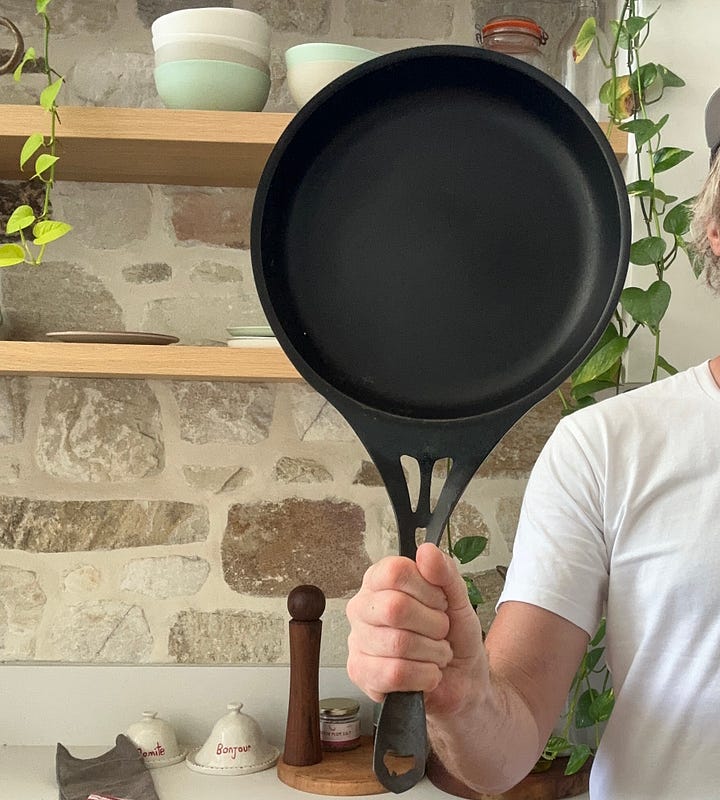
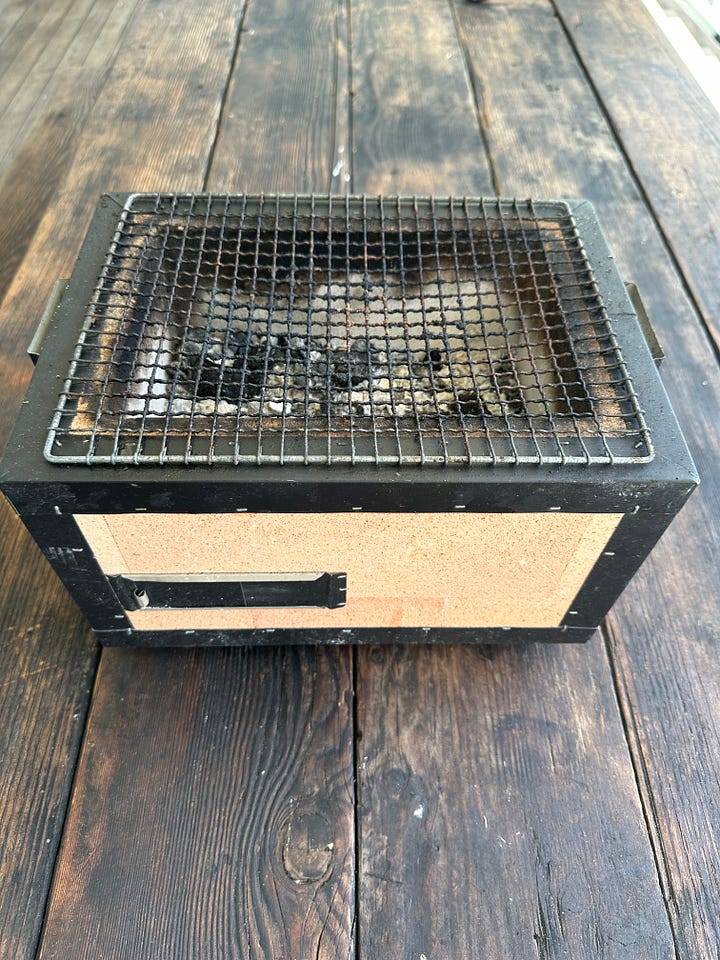
A meat thermometer takes the guesswork out of doneness. Many chefs recommend pinching your fingers to give you the feel of doneness. Personally, if you’re unsure, I say just use a thermometer. A steak will spring back and become firmer the more it’s cooked. However differnt breeds of beef and the various cut all have a slightly differnt texture. I like my steak medium rare. Most steaks I cook at home are around 250g and around 2 cm thick. I find that by the time I’ve seared both sides with a beautiful crust, popped a knob of butter with garlic and thyme, and basted it a few times it’s pretty much there. But to remove the guess work, I still like to use a thermometer. The one below is a Matador themometer RRP around $50.
Tongs to turn the steak. I stay clear of the tongs with rubber or plastic covers as they tend to melt. I’d also avoid flipping with forks as you’ll piece the steak and lose some of those all important juices.
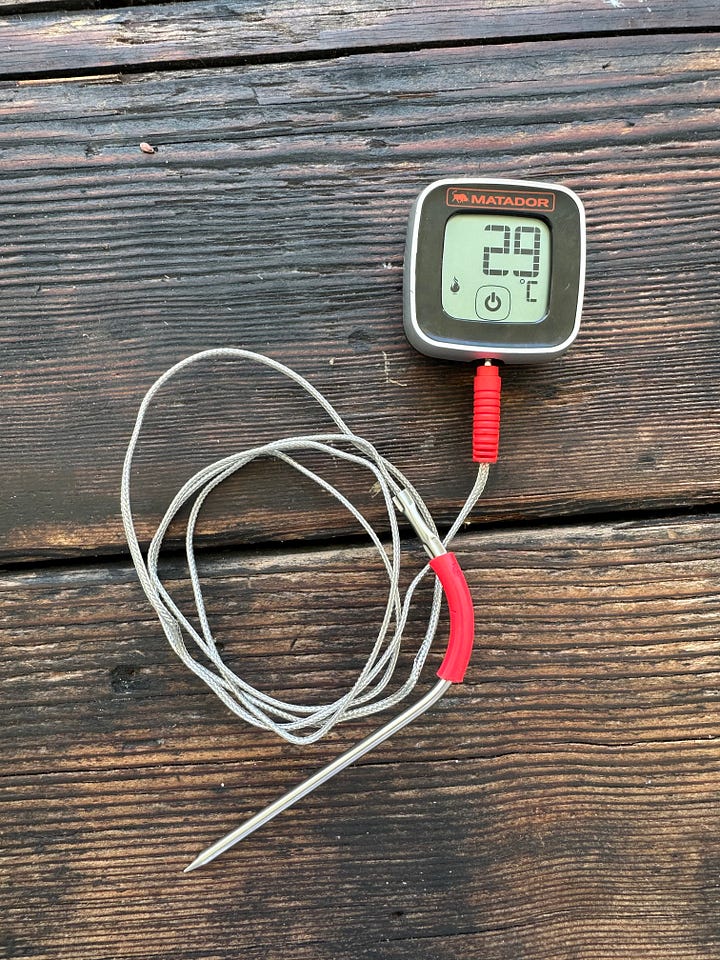
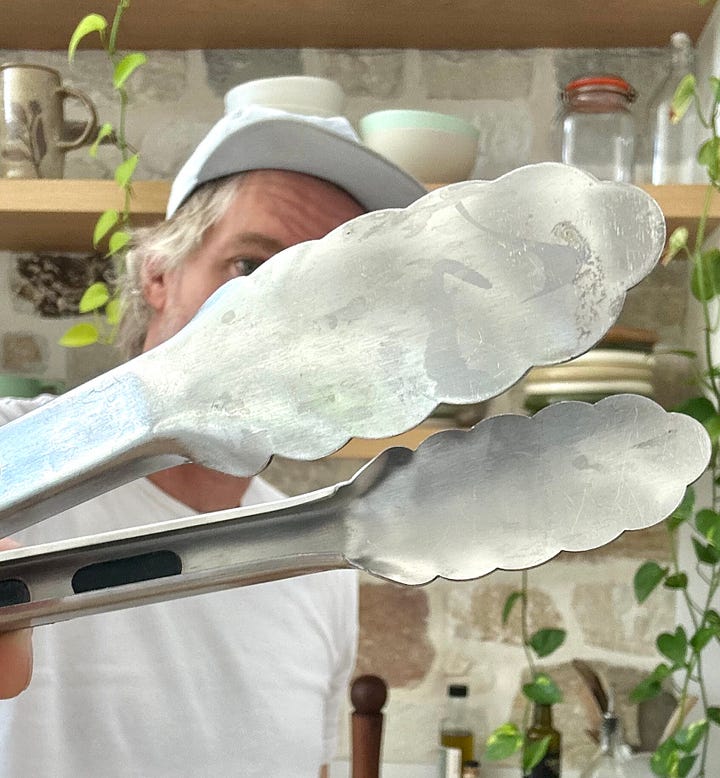
Resting rack or herbs to avoid soggy bottoms. I use a cooling rack in the restaurant to rest large numbers of steaks. At home, I generally just rest the steak on a plate topped with a few sprigs of rosemary or bay leaves from the garden, to lift it off the plate and not sit in it’s own juices.
A sharp knife. I probably have too many knives to be honest. I’ve collected many over the years, gifts from old chefs, family and friends. I would say you only really need three or four knifes to do most jobs. For cutting steak, a chefs knife or carving knife is ideal. As long as they’re sharp. A sharp knife will give a clean cuts with ease. You want to apply as little pressure as possible to the steak and cut across the grain when carving. These knifes (below) get used a lot with steaks. One is a Mac from Japan the other was a gift from Argentina, which is mainly for outdoor use. The white handled knife is a Dexter filleting knife, which is great for carving steaks, sashimi as well as filleting fish. Many of us used these back in the day at Tetsuya’s restaurant, as they were such a great all rounder.
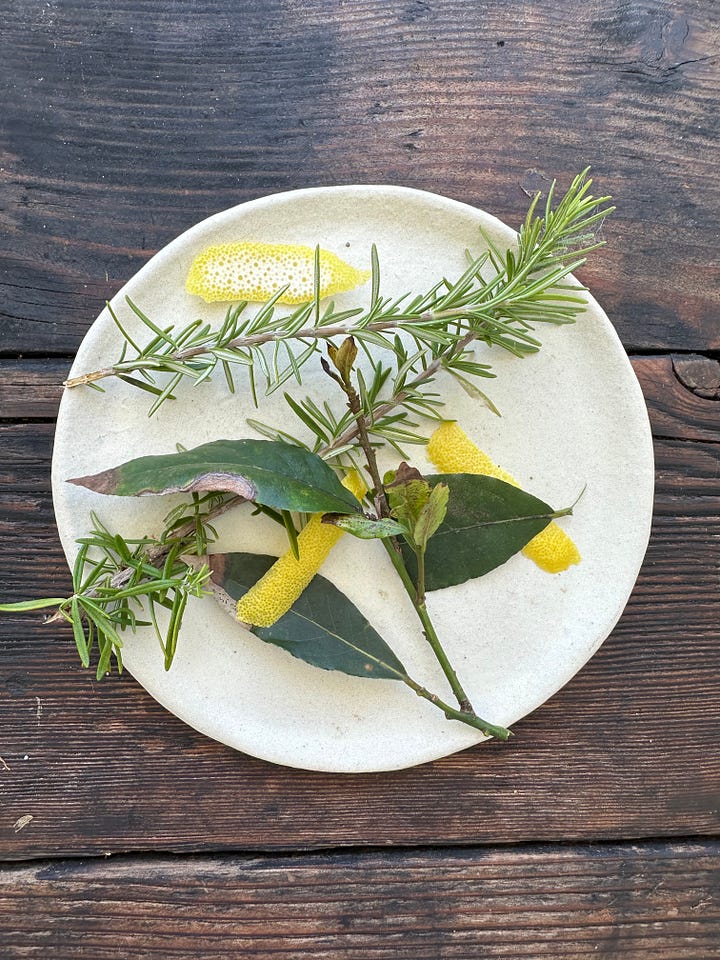
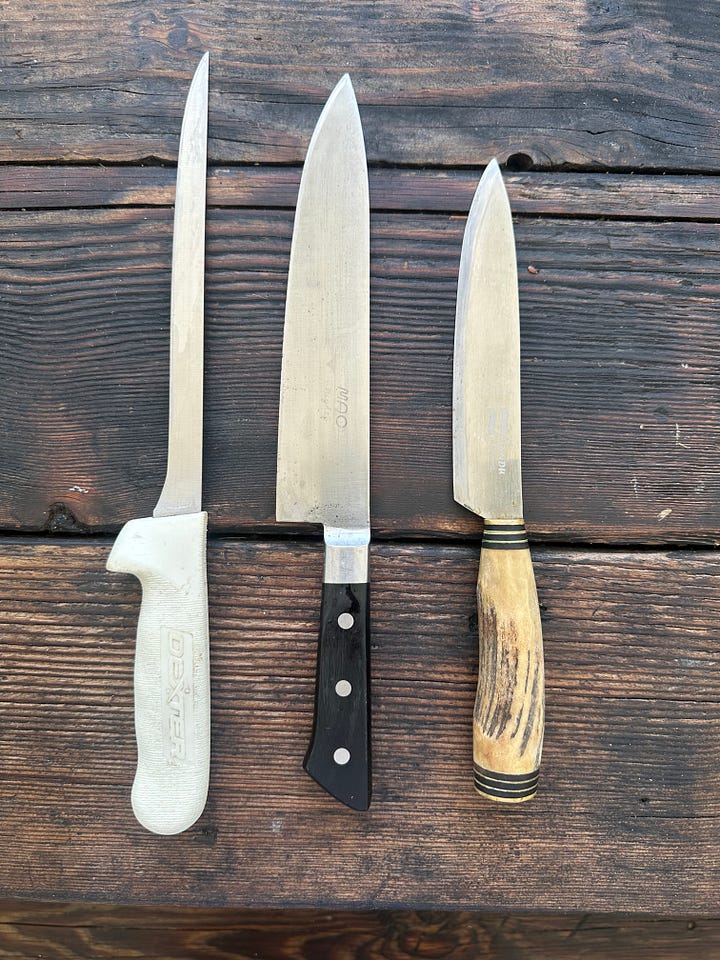
Salt. A good flaky sea salt makes all the difference. I like to use Olssons salt flakes. Often I’ll add smoke, herbs, citrus or spice to the salts to flavour the steak. These are easy to do at home, or you can pick up a flavoured salt from the Three Blue Ducks website.
Fat.When cooking steak, selecting the right fat is helpful for achieving adecent result. Here are a few great options:
Rendered beef fat, known as tallow, offers a beefy flavor and high smoke point, making it perfect for searing steaks. It’s also a fantastic way to use beef trim (pic below).
Clarified butter (Ghee), has a high smoke point and imparts a rich nuttier flavour to your steak.
Light olive oil and block butter, If I don’t have tallow, I use a little olive oil to start the searing process, followed by a few knobs of block butter to foam and finish the steak.
Avocado Oil, is also ideal becauce of it’s high smoke point. Avocado oil is excellent as it has a neutral flavour that won’t overpower the meat.
Coconut oil has a moderate smoke point and imparts a subtle flavor, suitable for cooking steaks at medium heat. It also imparts flavour to the beef, so I would only use this if I’m cooking a lime coconut, spicy, Asian style dish.
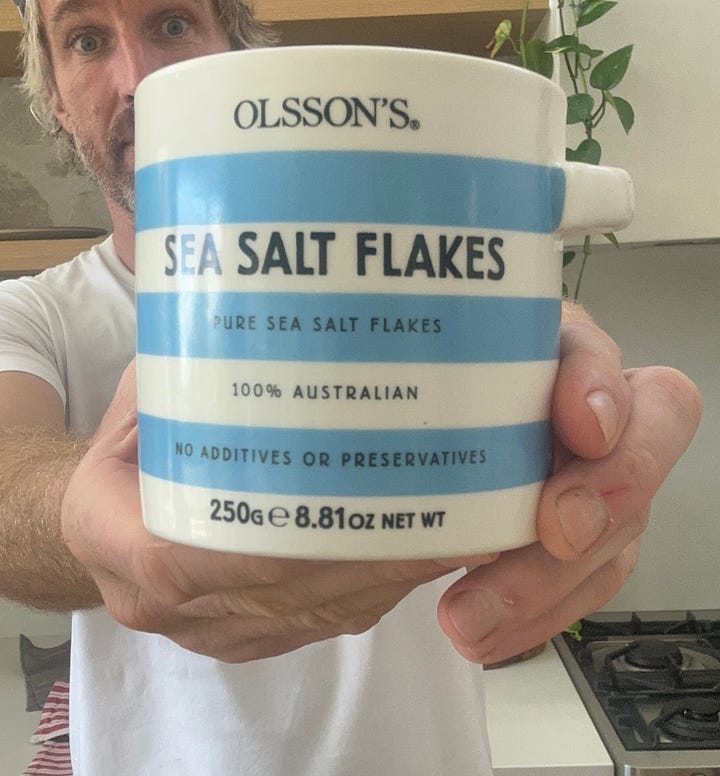
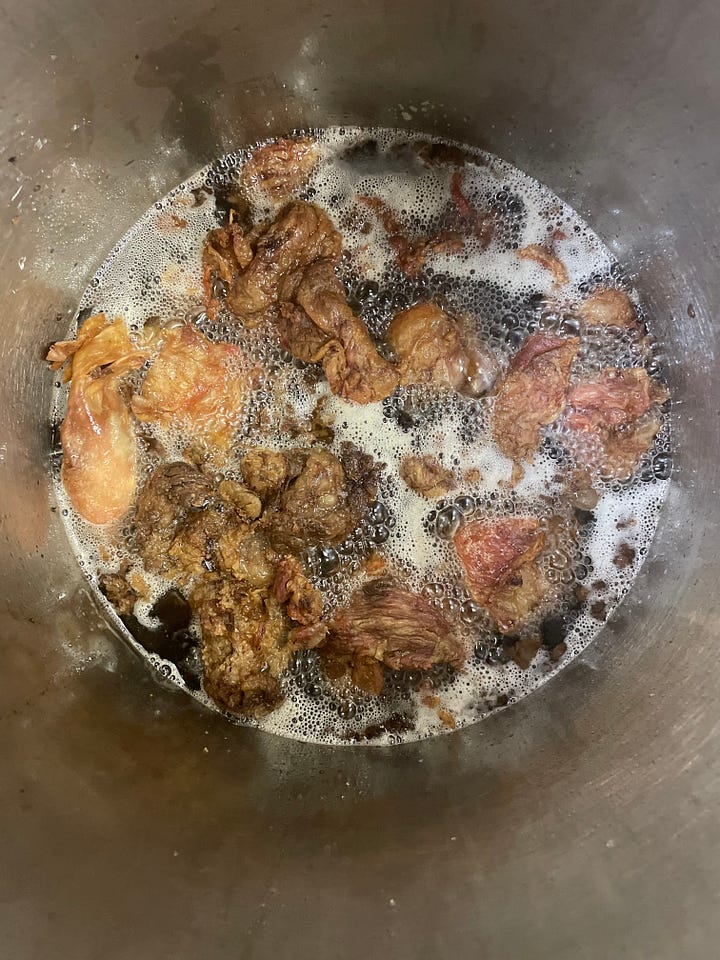
The 3 Best Cuts for Steak
Not all steaks are created equal. Here are my the top 3 (plus special mentions):
Keep reading with a 7-day free trial
Subscribe to How to be a better cook to keep reading this post and get 7 days of free access to the full post archives.




